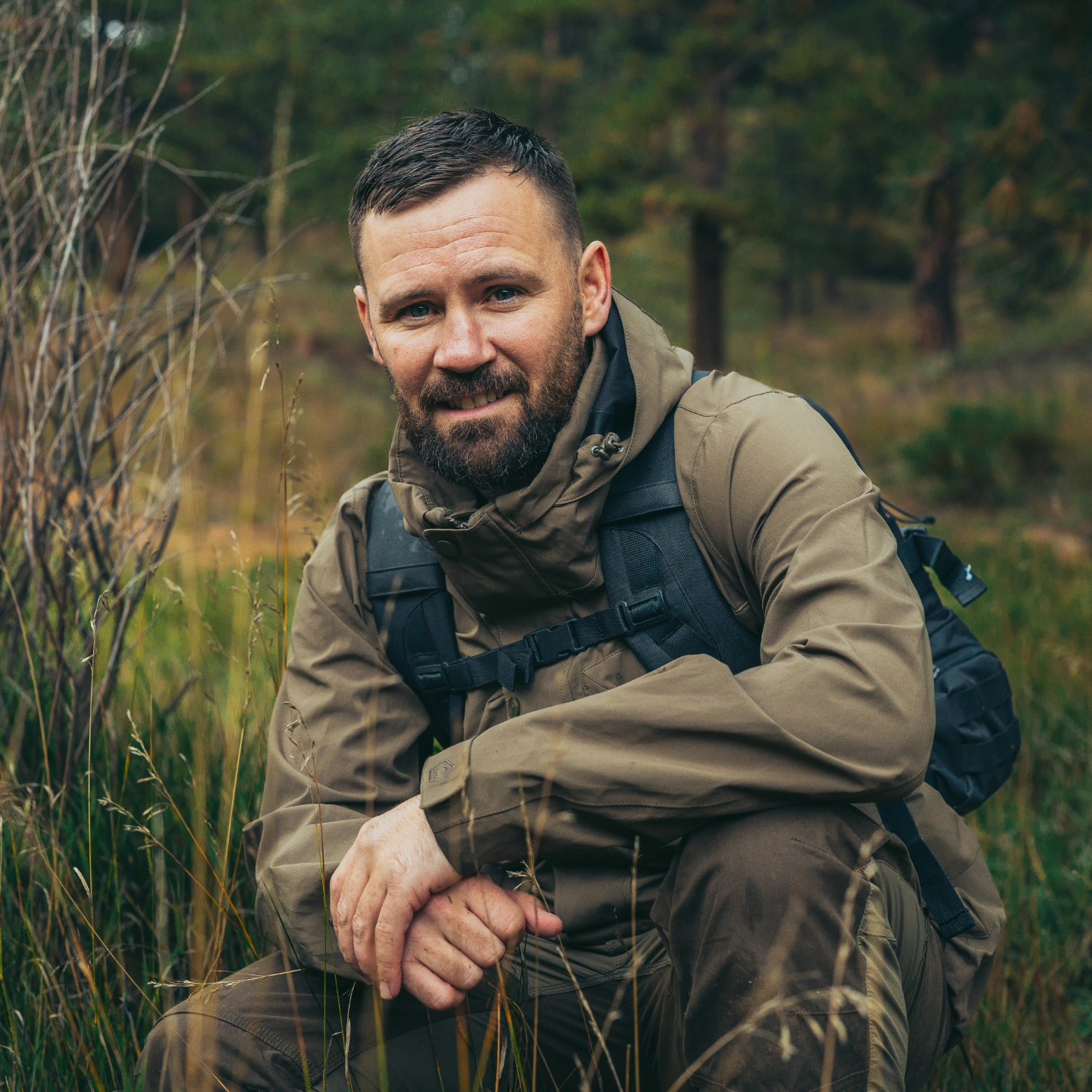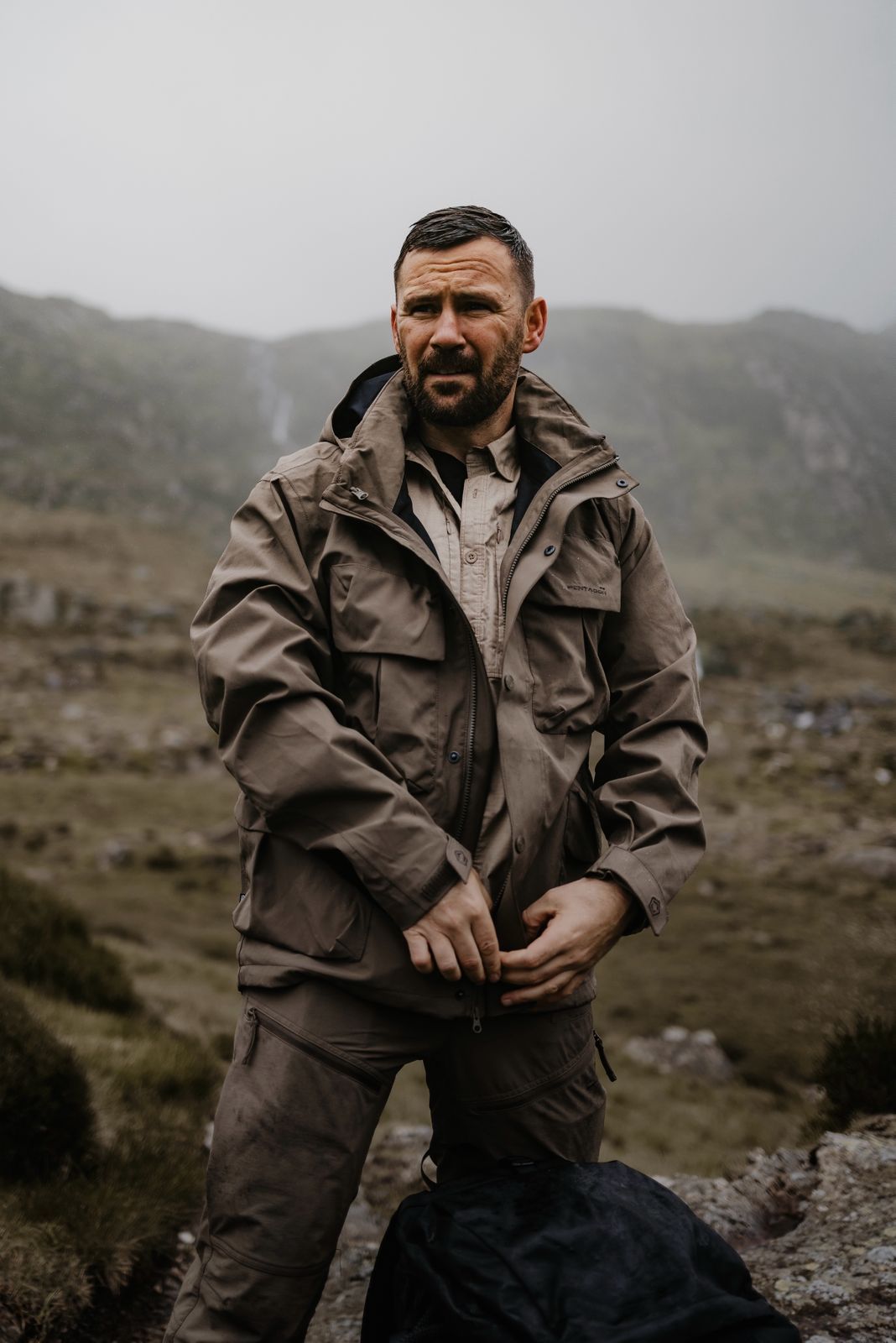What Naked and Afraid is really like – by British survivalist Steven Kelly
If you’ve ever watched Naked and Afraid from the comfort of your sofa and thought, “I could do that”… this is for you.
I’m Steven Kelly, a British Commando, survival instructor and the bloke from Naked and Afraid and Naked and Afraid: Apocalypse. I also run South West Survival and host The Survival Debrief Podcast.
People always ask me the same question:
“What is Naked and Afraid really like – is it as brutal as it looks, or is there more going on behind the scenes?”
Short answer: it’s harder than it looks on TV – especially in your head.
In this blog I’ll walk you through what Naked and Afraid is really like from my perspective as a British survivalist – from stripping off on day one to the quiet, messy aftermath when the cameras stop rolling.
I’ve spent over two decades in the British Army, serving with 29 Commando Regiment Royal Artillery. I’ve trained in jungles, deserts, Arctic conditions and everything in between. Survival and fieldcraft are literally my day job.
Outside the military, I run a survival and bushcraft company in the UK and teach everyone from kids and families to veterans and corporate teams how to be more resilient outdoors.
So when the opportunity came up to test myself on Naked and Afraid, it wasn’t just about TV. It was:
Let’s start with the obvious.
You can train for hunger.
You can train for heat and cold.
You can’t really train for walking onto a location stark naked with strangers and cameras watching.
The first few minutes are pure vulnerability:
Your brain is screaming: This is wrong.
And that’s exactly the point.
Once you get past those first 10–15 minutes, something shifts. You go from embarrassment to problem-solving:
The moment your survival brain kicks in, you forget you’re naked. It becomes just another environmental factor – like the heat or the bugs.
Viewers often ask, “Is Naked and Afraid real? Do you secretly have loads of kit?”
Here’s the truth in simple terms:
A few realities that don’t always come across on TV:
I’ve been living and teaching this stuff for years and I can tell you: Naked and Afraid has a way of showing you exactly where the cracks in your skillset are.
Another big question: “Is there loads of help off camera?”
There is safety, but there is not comfort.
Yes:
But:
As a British soldier, I’m used to having a team, a chain of command and a support system. On Naked and Afraid you have:
That’s it.
The show does not exaggerate the impact of hunger. If anything, it underplays it.
What you don’t fully see on TV is:
Things that are simple at home:
…become serious calculations when you’ve had almost no food for days.
Your body starts feeding on itself. Muscles ache all the time. Your brain fogs up. Small decisions become big risks:
“Do I spend energy hunting and risk finding nothing, or do I stay put and conserve energy?”
I’ve done long exercises and operations in the military, but the combination of nakedness, constant filming, isolation and hunger is something very specific to survival TV.
Most people assume the hardest part of Naked and Afraid is:
For me, the hardest part is what happens in your head.
You’re stripped of:
You’re left with:
That’s when your mental training kicks in:
That’s the same mindset I leaned on when I nearly lost my eye and faced being medically discharged from the Army, or when I found out scammers had used my photos to con people out of thousands of pounds. Different situation, same mental muscles.
An episode compresses weeks of 24/7 challenge into under an hour of television. Naturally, some things get lost:
You see the big drama – storms, arguments, medical checks.
You don’t see:
TV shows the big milestones – first fire, first big meal.
But the real fuel is:
As a survival instructor, I tell my clients:
“The small wins are what keep you alive.”
That’s never more true than on a show like this.
When the challenge ends, the audience moves on to the next episode.
You, on the other hand:
You’ve spent weeks with one simple mission: survive and adapt.
Then suddenly you’re back in a supermarket surrounded by 20 types of cereal.
It takes time to process.
Going on Naked and Afraid reinforced some truths I already knew from the Army and from running South West Survival, and revealed a few new ones:
You don’t need to strip off in the jungle to build a survival mindset. Start with these simple steps in normal life:
Instead of binging survival videos, actually do something:
Your nervous system isn’t designed for constant screens and fluorescent lighting.
Regular time in the woods or on the moors does more for your resilience than you think.
What is Naked and Afraid really like?
It’s raw, exposing and at times miserable.
It’s also one of the purest tests of mindset, skill and spirit you can put yourself through.
For me, as a British Commando and survival instructor, it took everything I’ve learned in over 20 years of service and turned the dial up to 11. And it confirmed what I now teach every day:
You’re capable of far more than you think, when you strip everything back and focus on the next right move.
If you’d like to:
You can:
Stay sharp, stay curious – and remember: the real survival game is the one you play every day.


